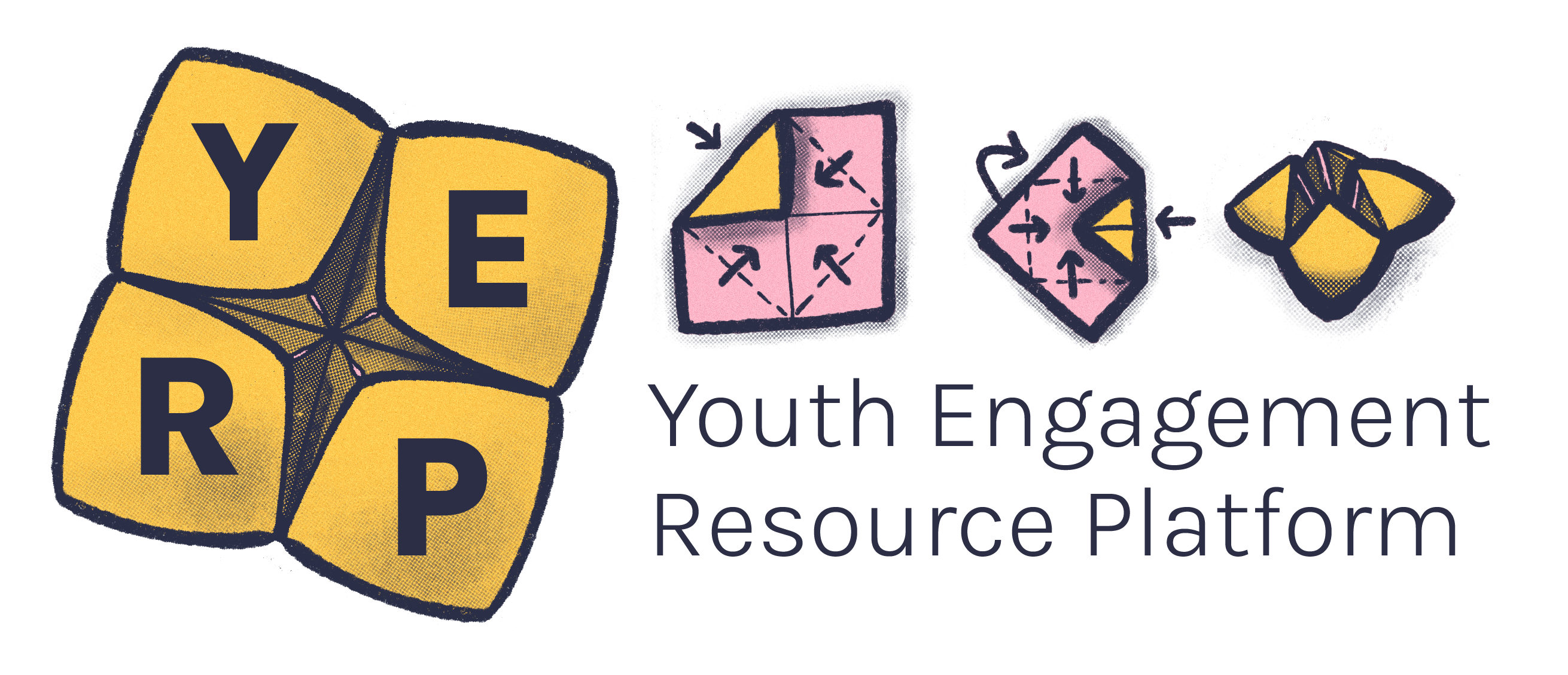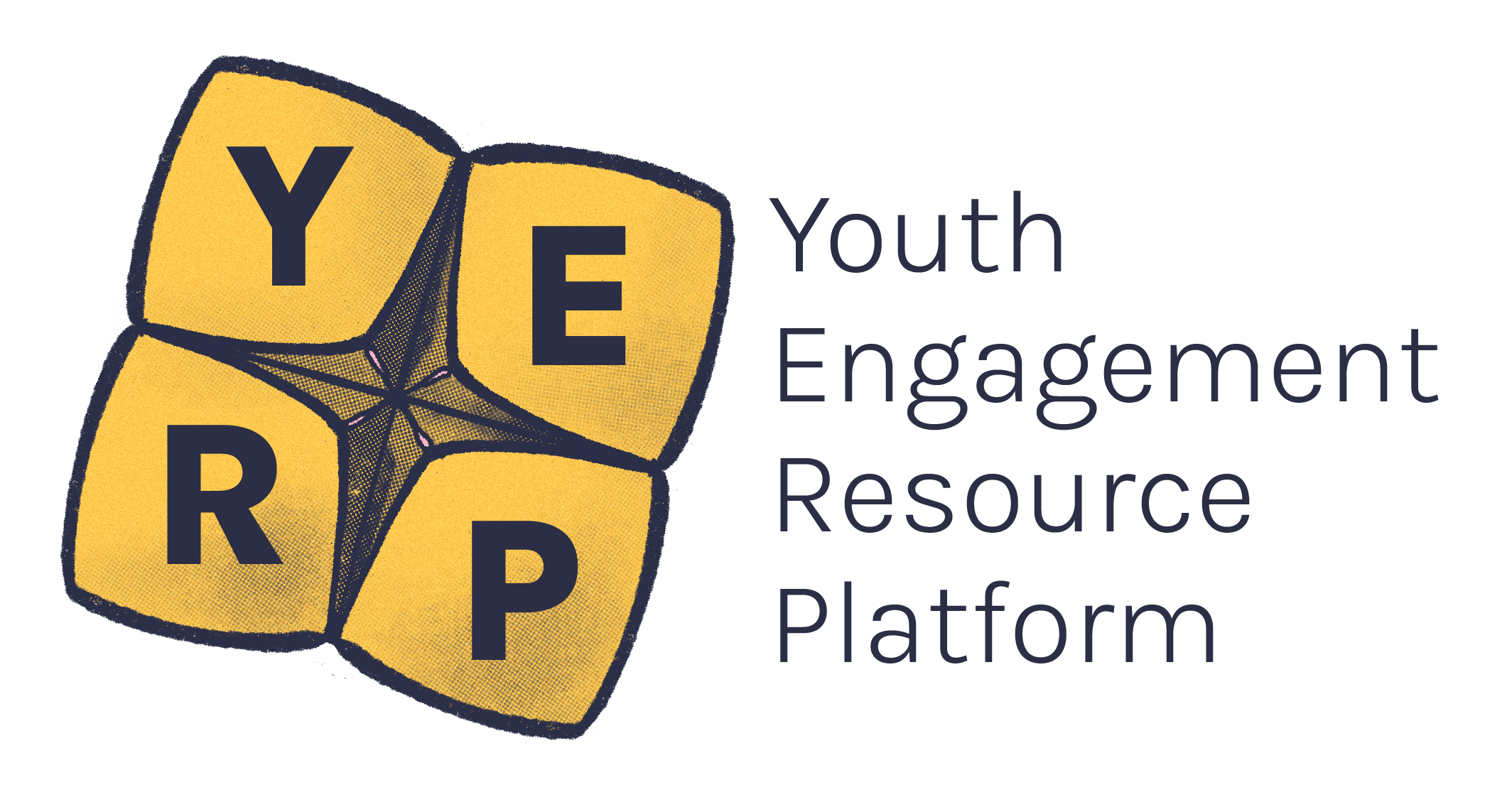In today’s super connected world, online youth work has become a massive part of engaging young people.
As you adapt your ways of working to the online world, you must also adapt your child safety focus. Organisations still have a duty of care to keep children safe even in online environments, so what does that mean for you as a youth worker? How do we work remotely through a child safe lens?
This article will dive into some key practices that can make a significant impact in your online youth work.
There are several factors that shape the dynamics and interactions between young people and youth workers when working online.
-
In online youth work, interactions obviously occur through digital platforms and this can change the nature of communication, which in an online environment, can often rely on text, virtual interactions, and sometimes even emoji’s!
-
Although child safe standards and youth work ethical considerations are transferable from the ‘IRL' (in real life) world to the digital world, online spaces come with additional safety and privacy considerations.
-
You may need to rethink the traditional methods of engagement and come up with other ways to connect with young people online.
-
Encouraging participation and managing group dynamics online can be tricky, and requires a different skill-set to face-to-face interactions.
Online youth work is certainly unique, and something we’re always learning more about. By the time this article is published on YERP, there’ll likely be a new app or engagement tool we have to adapt to! But that’s just one of the beauties of an ever-evolving digital space.
Two young men working on their laptops in the uni library.

Child Wise have developed 7 Organisational Strategies to Work Remotely Through a Child Safe Lens.
All of them are important but the ones we wanted to highlight are below:
Ensure that it’s fit for purpose for your new way of delivery.
Does it cover online delivery and the new ways children and young people may come into contact with your organisation?
You could also develop a new 'Online Guide' for staff that contains all the relevant information for working with children and young people online.1
-
Think about what do staff, volunteers and young people need to be aware of to operate safely?
-
Can you contact young people out of session times or only during certain hours?
-
Can staff or volunteers ask young people to play online games with them?
-
Only official work email addresses can be used online
-
Staff and volunteers cannot be ‘friends’ with children and young people online
-
What should a young person do if someone breaks the rules. Where do they go?
Remember to communicate the Code of Conduct or Online Guide in a way that everyone will understand. It’s very important that young people know:
-
What the rules are and what to do if someone breaks the rules
-
Who to contact if feeling unsafe
-
How to give feedback about their experience with your online service.
The Code of Conduct or Online Guide isn’t just for your staff, it needs to be communicated with parents and children and young people in a way that they will understand.
This will give clarity to all involved around appropriate and inappropriate behaviour.
- Be specific
- Consider if staff and volunteers can ‘become 'friends’ on social media and what email addresses can be used for contact.
- Consider what oversight is in place to check everyone is being safe and what times are appropriate for contact to be made.1
Has your organisation dedicated time to help staff and volunteers, children and young people, parents and carers understand online risks such as:1
-
Cyber safety
-
Bullying
-
Grooming
-
Scams and phishing
If not, consider including these in any training and onboarding processes.
It has been so beneficial for accessibility to work online since the COVID-19 pandemic. Working online can be more accommodating for people with various different access needs.
For example, zoom has some great access and inclusion features such as:
- Captions
- ‘Spotlighting’ a speaker to see them more clearly
- Communicating through the chat function.
- Additionally, logging into an online space can be far more accessible for someone who may experience fatigue, or anxiety when leaving a space that’s comfortable for them.
Online youth work is a great way to add flexibility to your approach and a great way to connect with individuals who may find it difficult to travel to a physical location. Your potential audience can grow as your reach widens by moving online which enables more diverse and inclusive engagement. It also saves on travel expenses for young people and venue expenses for your organisation!
Access to wifi can be an issue for some young people, especially those in regional and/or remote areas.
- In your registration or 'expression of interest' (EOI) forms you could ask if the young person has access to wifi, a device and somewhere appropriate and safe to participate.
- If they don’t, you should discuss if there's anything you could do to support them. For example, providing access to a device or wifi/data or host them in a youth space.
Do this by laying out respectful dialogue and setting clear behaviour guidelines. Foster a safe and inclusive environment from the beginning and continue throughout the event/program.
Group agreements are a great way to set out expectations of how participants should be interacting in the online space, and with one-another.
Organisations should continue to ensure the Child Safe Standards are applied throughout all of their activities, regardless of whether they are online or in-person.
-
Educate yourself and the young people you work with about online safety measures and put safeguards in place so that technology can be used safely.
-
Look into privacy settings, cyberbullying, and responsible social media usage.
-
Obtain consent from young people for any use of their images and personal information online.
-
Highlight the importance of protecting personal information and reporting any concerning behaviour. Let young people know who the organisations online staff members are and any dedicated child safety officers.
-
Let them know they can message them at any time if they are feeling uncomfortable during the event.
Check out the eSafety Commissioner’s Tips for online collaboration tools and Child Family Community Australia’s resource sheet that provides guidance and best practice guidelines for child safety and the use of images of children online.
Use online tools such as polls, quizzes, and multimedia content (like YouTube videos), to keep engagement levels up. Some of our favourites include:
-
Mentimeter, Kahoots, Miro, and Google Slides.
-
Engagement tools on Zoom such as the annotate, whiteboard and share-screen function
-
The chat works really well for people who are non-verbal or might not like to turn their mics on to speak in large group settings.
Jump on and have a play around, see which ones you think will be most effective.
Young people have likely seen many examples of effective social media campaigns over on Instagram, Twitter or TikTok, or sometimes they like to discuss topics of interest in online discussion forums such as Discord. You can use hashtags, memes or online contests to promote involvement and engagement from young people on your digital platforms.
Despite our best efforts, things don't always go according to plan. Be flexible and be open to change. When facilitating an online meeting or event, you may come across access requirements you hadn't anticipated. Flexibility is a crucial part of online youth-work.
This involves understanding the multifaceted nature of online risks and the important role of consistent safety guidelines. Don’t assume that young people are aware of online risks, and regularly reinforce safety guidelines.1
Know that online risks are always evolving, particularly things like scams and phishing. Always be on the look-out for these sorts of risks and communicate them with young people.
The importance of online safety should not just be a ‘one-time lecture’, but an ongoing discussion.
Explore lots of different platforms that cater to different young people and their preferences. Some platforms are more accessible and user-friendly than others.
Avoid assuming a one-size-fits-all approach. Be prepared to change things up if the platforms you’re using aren’t working with your group of young people.
-
Follow legal and ethical standards- Refer to child safe standards and the Code of Ethical Practice
-
Establish boundaries regarding appropriate vs. inappropriate behaviour, communication channels, appropriate times to respond to messages, and how you can practice self-care.1,2
-
Use secure online platforms - Do some research into reputable online platforms that are transparent, and protect privacy and confidentiality. You might like to do some deep-diving into your shortlisted platforms terms and conditions, and privacy policies.2
-
Promote online safety and media literacy - Have open conversations about the impact of being media literate and the importance of educating ourselves about online safety. These conversations should be ongoing and ever evolving. Provide up-to-date resources and support around online safety.1
-
Maintain professionalism - Avoid sharing personal information with the young people you work with, and always maintain appropriate boundaries. Establish strong securities on your social media accounts and consider what’s appropriate/inappropriate if young people are adding you on social media (for example LinkedIn versus Instagram).
-
Monitor and report - You should monitor online communications between young people and note anything of concern.1
While moving to the online world has numerous benefits for access, in the same way, it still poses challenges. Not all young people (particularly rural and remote young people) have access to stable internet connection, limiting their ability to participate and access services. This can then lend itself to challenges around digital literacy, due to not using online engagement platforms regularly.
Anecdotally, rural and regional young people still tell us that while online access if great for them to access services, in-person is still best and this option shouldn’t be forgotten as we live in an online world.
This occurs when a person experiences fatigue due to excessive screen time, which can affect engagement levels. That's where a series of 5-10 minute breaks can be useful.
Building rapport and establishing trust can sometimes be a little tricky in virtual environments too, so go that extra mile in setting up safe, and inclusive online spaces.
- Child Wise. (8 April 2020). 7 Organisational Strategies to Work Remotely Through a Child Safe Lens. https://www.childwise.org.au/news/27/7-organisational-strategies-to-work-remotely-
- eSafety Commissioner. (13 July 2021). Tips for online collaborations tools. https://www.esafety.gov.au/key-issues/covid-19/online-collaboration-tools





